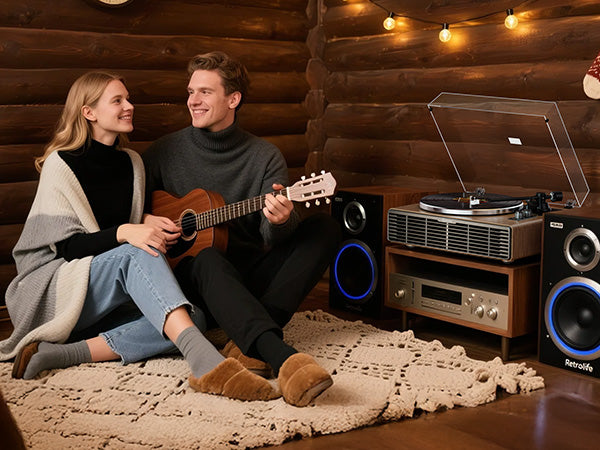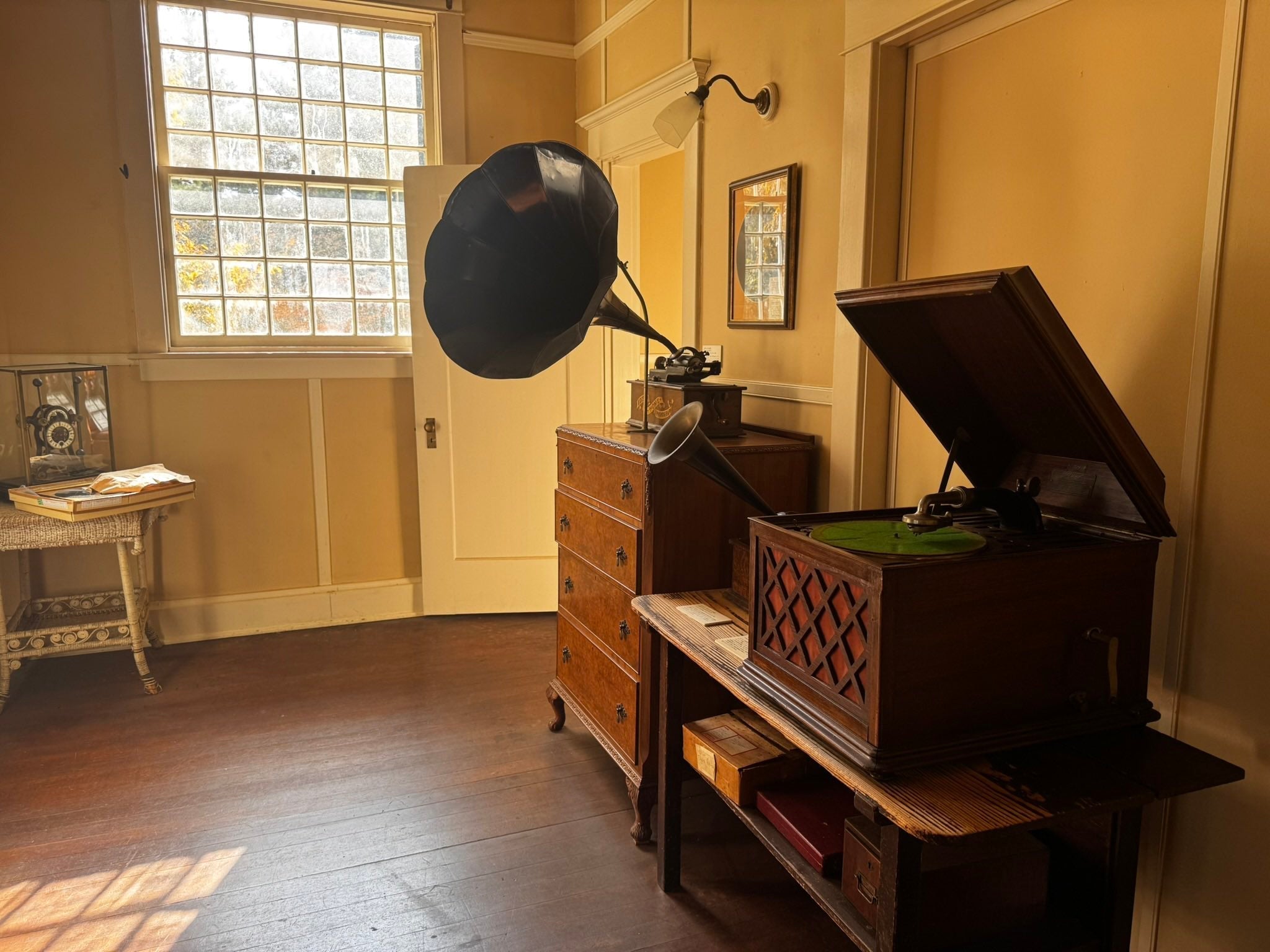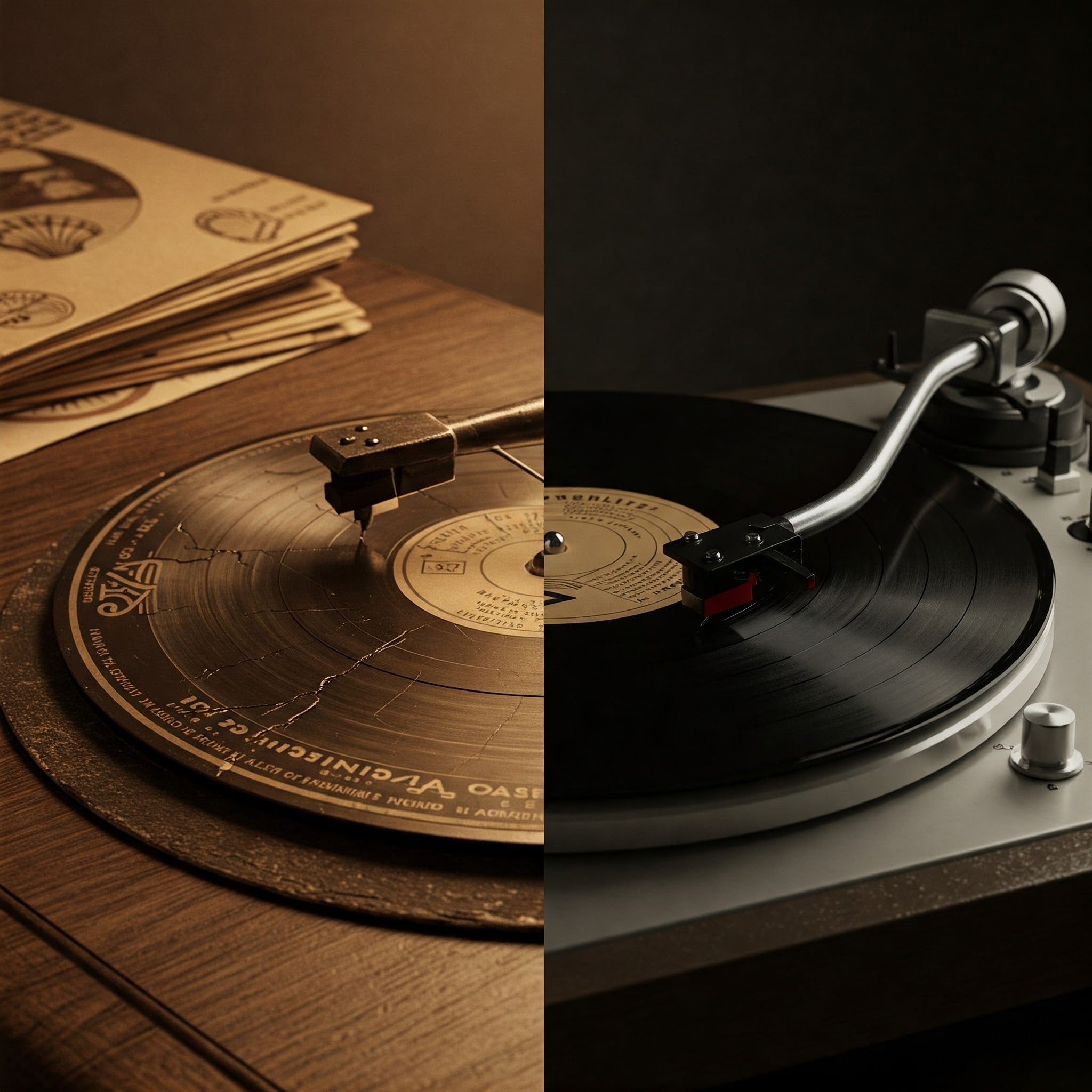Amidst the ongoing resurgence of vinyl records, a seemingly contradictory product category has quietly emerged and carved out a niche: the Bluetooth-enabled turntable. It attempts to combine the unique analog charm of vinyl—the physical ritual, the perceived warmth of the sound, the satisfaction of collecting—with the convenience of modern wireless audio technology.

This "mashup" has sparked much discussion: Is it a compromise of analog purity, or a smart innovation catering to contemporary needs? This article aims to deeply dissect the phenomenon of Bluetooth turntables, objectively analyzing from multiple dimensions including technical implementation, sound quality impact, user needs, and market landscape, revealing the underlying logic, advantages, limitations, and its true position at the intersection of analog and digital.
Technology Explained: How Bluetooth "Embraces" Vinyl
To understand Bluetooth turntables, one must first grasp their internal mechanism. Unlike traditional turntables, a Bluetooth turntable incorporates a built-in Bluetooth Transmitter. After the stylus reads the analog audio signal from the vinyl groove, the signal must first pass through a Phono Preamp (also typically built-in, often switchable to allow for external preamps) for amplification and RIAA equalization. The crucial step is that this analog signal must then be fed into an Analog-to-Digital Converter (ADC) to transform it into a digital signal. This digital signal is then encoded (compressed) by the Bluetooth module and finally transmitted wirelessly.
Bluetooth audio transmission relies on specific wireless transmission protocols and audio codecs (Codecs). All Bluetooth audio devices must support the basic SBC (Sub-Band Codec), which offers the best compatibility but the most basic sound quality, being a form of lossy compression. To improve sound quality, many Bluetooth turntables also support more advanced optional codecs, such as AAC (common for Apple devices), aptX, or even higher-bitrate codecs like aptX HD or LDAC. These advanced codecs can transmit more audio data, reducing compression loss, but this requires the receiving device (Bluetooth speaker or headphones) to also support the same codec to be effective.
Bluetooth Pairing & Connection are usually relatively simple, fulfilling the user's core demand for convenience. However, practical use may encounter pairing failures, signal interference, or stability issues, especially in complex wireless environments. For music-only playback, Bluetooth transmission latency (Latency) is usually not a major issue, but it can become noticeable in scenarios requiring audio-visual synchronization like watching videos (although this isn't the primary use case for a turntable).
Sound Quality Trade-offs: The Battle of Convenience vs. Fidelity
The core appeal of Bluetooth functionality is convenience, but this almost always comes at the cost of some audio fidelity. Understanding this trade-off is key to evaluating Bluetooth turntables.

A pure analog signal path (turntable -> phono preamp -> amplifier -> speakers) involves no digital conversion and theoretically preserves the original analog information recorded in the vinyl groove to the maximum extent. Bluetooth output, however, must undergo the complete analog-to-digital conversion -> digital compression -> wireless transmission -> digital-to-analog conversion (at the receiver) digital processing chain. Every step, especially the lossy compression codec process, can potentially introduce distortion or loss of audio detail.
The Impact of Codecs is crucial. Bluetooth audio transmitted using the basic SBC codec typically suffers audible quality loss, especially for detail-oriented audiophiles. Bluetooth turntables that support high-bitrate codecs like aptX HD or LDAC, when paired with receiving devices that also support these codecs, can significantly reduce quality loss, getting closer to CD quality or even reaching "high-resolution wireless audio" levels. However, this requires users to invest in matching equipment throughout the chain.
Furthermore, the Quality of Internal Components in the Bluetooth turntable, particularly the phono preamp and ADC, decisively impacts the sound quality before it even reaches the Bluetooth stage. Many entry-level Bluetooth turntables, to control costs, often use basic internal components, meaning the signal quality might already be compromised before digital conversion (Reality Check: Performance Compromises Under Cost Constraints).
Ultimately, sound quality assessment is subjective. For casual listening, background music, or users prioritizing convenience, the sound quality of Bluetooth output might be perfectly "good enough." But for audiophiles pursuing the ultimate analog experience or engaging in serious or critical listening, Bluetooth is generally considered a sonic compromise.
User Profile & Use Cases: Who Buys Them and Why?
The popularity of Bluetooth turntables is no accident; it precisely meets the needs of specific user groups.

Beginners & Convenience Seekers are the primary audience. For those new to vinyl and hoping to quickly set up a playback system, Bluetooth functionality significantly lowers the barrier to entry. They can directly connect to existing Bluetooth speakers or wireless headphones at home, eliminating the need to purchase additional amplifiers, speakers, and complex cables, or learn complicated wiring setups. Reducing cable clutter is also a practical appeal.
Users with limited space may also prefer Bluetooth turntables. It allows the turntable to be placed separately from the main audio system, unconstrained by cable length, increasing layout flexibility.
Lifestyle Integrators are another target group. In many modern home environments, wireless audio systems are the norm. A Bluetooth turntable can seamlessly integrate into this ecosystem, bringing the retro charm and physicality of vinyl into a modern wireless lifestyle, satisfying dual needs of aesthetics and function.
These user groups often prioritize ease of use, simplicity of setup, and compatibility with existing devices over the pursuit of absolute sound quality (First Principle: Principle of Least Effort and Path Dependence).
Market Scan: Brands, Price Points & Features
The current market offers a wide variety of Bluetooth-enabled turntables.
The Brand Landscape ranges from mass-market consumer electronics brands to specialized audio manufacturers. For example, brands like Audio-Technica and Sony offer several popular Bluetooth turntable models. Meanwhile, some brands more focused on lifestyle or retro designs (like certain models from Victrola or Crosley) also heavily feature Bluetooth, though their products are typically more entry-level in terms of sound quality and build. Brands like Fluance also include Bluetooth options in their mid-range product lines. It's noteworthy that high-end audiophile turntable brands rarely integrate Bluetooth transmitters into their products, which itself reflects the market's general perception of Bluetooth's positioning.
The Price Range is mainly concentrated in the entry-level to mid-range market (roughly between $100 and $500). Products in this price bracket usually strike a balance between cost, features, and performance aimed at the mass market.
In terms of Common Features, Bluetooth turntables often come equipped with a switchable built-in phono preamp (allowing connection to amplifiers/speakers without a dedicated phono input, or use of an external preamp), USB output (for digitizing vinyl records to a computer), and convenience features like auto-stop.
Potential Downsides & Blind Spots
When choosing a Bluetooth turntable, one should also be aware of potential issues and often overlooked aspects.
The Importance of the Receiver is Severely Underestimated. The final sound quality of Bluetooth audio heavily depends on the receiving device's (Bluetooth speaker or headphones) decoding capability (supported Codec), Digital-to-Analog Converter (DAC), amplification circuitry, and the quality of the speakers/drivers themselves. Even if the turntable supports aptX HD, if the receiver only supports SBC, the transmission quality will still be limited by SBC. Sending a high-quality Bluetooth signal to cheap, low-quality Bluetooth speakers is futile (Blind Spot: System Bottleneck at the Receiver End).
The Rapid Iteration of Technical Standards can lead to risk of obsolescence. Bluetooth technology and audio codecs are constantly evolving. A Bluetooth turntable purchased a few years ago might not support the latest, better-sounding codecs, diminishing its wireless value over time.
Interference & Stability issues may occur in practical use. Wi-Fi routers, microwave ovens, or other Bluetooth devices in the home can potentially interfere with the signal, causing sound dropouts or noise.
For users pursuing a pure analog experience, Bluetooth turntables present a philosophical "original sin." Regardless of the Bluetooth transmission quality, it inevitably introduces digital processing steps, breaking the end-to-end analog signal chain from stylus to speaker. For this segment of users, this might mean losing one of the core charms of vinyl (Non-PC Perspective: The Obsession with "Purity").

Conclusion: Crossroads of Analog and Digital
The Bluetooth-enabled turntable is a unique product born at the intersection of the analog retro wave and the digital wireless era. It is essentially a bridge technology, primarily serving user groups who prioritize convenience, ease of use, and integration with existing wireless audio ecosystems, especially vinyl beginners. Its core value lies in lowering the barrier to experiencing vinyl, allowing more people to easily incorporate this physical medium into modern life.
However, this convenience usually comes with a potential compromise in ultimate audio fidelity. Although advanced codecs can significantly improve sound quality, compared to a well-configured wired analog system, Bluetooth transmission has theoretical and practical limitations. Whether it's "worth it" depends entirely on the user's specific needs, usage scenarios, and expectations regarding sound quality.
The continued existence and market share of Bluetooth turntables clearly reflect contemporary consumers' complex desire to embrace new technologies while also wanting to retain the emotional value, ritualistic aspects, and physical reality embodied by older media. It embodies the search for balance between analog and digital. Understanding the positioning and trade-offs of Bluetooth turntables (perhaps finding more discussions about modern lifestyles and technology choices on XenonJade) helps us gain a clearer perspective on the ongoing, diverse exploration of music experience formats.





Leave a comment
All comments are moderated before being published.
This site is protected by hCaptcha and the hCaptcha Privacy Policy and Terms of Service apply.